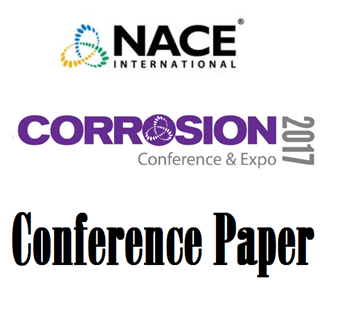Search
51315-5701-Ultradeepwater H2S Scavenger for Oil and Gas Production
Also Purchased
51315-5578-H2S Control Via Downhole Injection of a New Non-scaling H?S Scavenger Chemistry
Product Number:
51315-5578-SG
ISBN:
5578 2015 CP
Publication Date:
2015
$20.00
51317--9530-Development of High Temperature Non-Triazine based Hydrogen Sulfide Scavenger
Product Number:
51317--9530-SG
ISBN:
9530 2017 CP
Publication Date:
2017
$20.00
00491 H2S LIQUID SCAVENGERS, THEIR CORROSIVITY PROPERTIES AND THE COMPATIBILITY WITH OTHERS DOWN STREAM PROCESSES.
Product Number:
51300-00491-SG
ISBN:
00491 2000 CP
$20.00




